Conveyor Automation
Automated Industrial Packaging Systems
Conveyors are used in nearly every manufacturing vertical to transport products, packages, or materials for assembly. A conveyor can be used for elevating, indexing and positioning, depositing and rejecting, merging, diverting, accumulation and general product handling. Whether it’s a fresh meat plant requiring high pressure washdown rated conveyors or a pharmaceutical operation requiring sanitary clean room certified conveyors, our lean manufacturing process allows for built to order systems with quick lead times. With a wide range of sizes, finishes, belt types, motors and drives, we have an automated conveyor solution for each unique application.
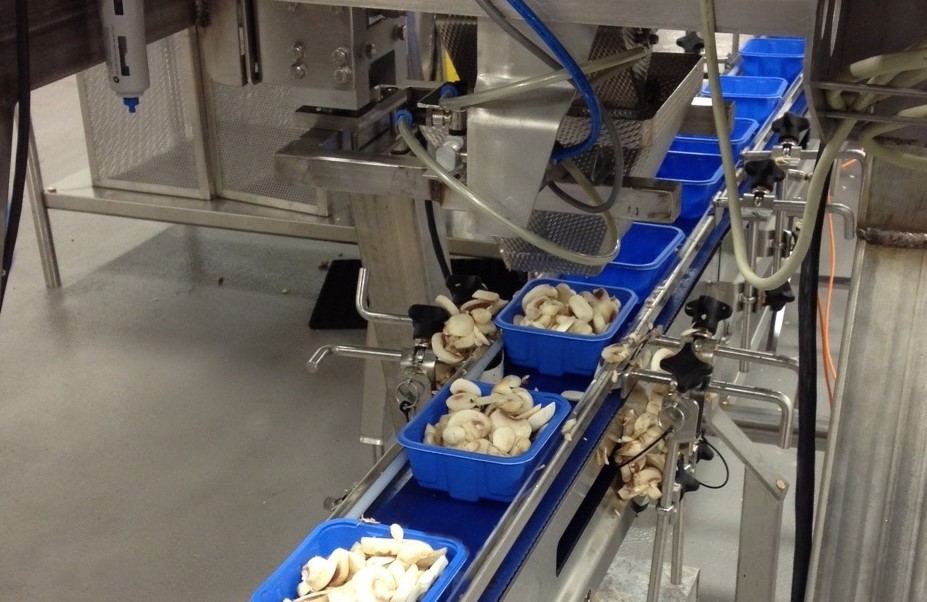
Conveyor Automation Applications
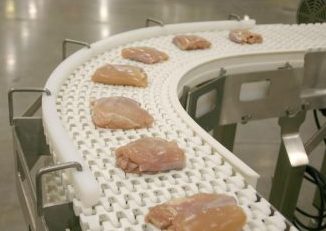
Sanitary & Hygenic
Conveyors designed to be easily cleaned in washdown environments are a crucial key to maintaining food safety in your production line.The purpose of sanitary and hygienic conveyors is to mitigate the spread of bacteria and allow machinery to be sanitized in an efficient fashion. By providing design features such as angle iron framing, no hollow tubing, no flat surfaces or harbor points, a manufacturer can properly clean each part of the conveyor system to reduce the chance of contamination.

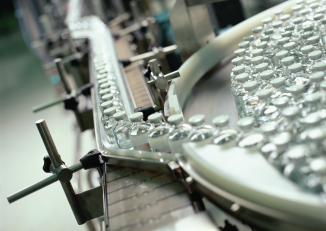
Accumulation
Accumulation Conveyors are the perfect automated solution when a buffer is needed to queue up products in between different processes. This ensures a steady production of supply and is mainly used to assist in controlling the overflow of products. Accumulation Conveyors provide a buffer to even out production lines in addition to merging lines into a single stream.

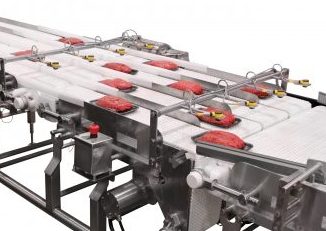
Merging
Inline merging equipment and conveyor belts ensure that the position of items of all types and sizes from multiple lines successfully merge into a single lane of product. By providing independent conveyors, sensors, and programming logic, multiple lanes of product can be singuated into one product stream allowing for production and packaging efficiency downstream.

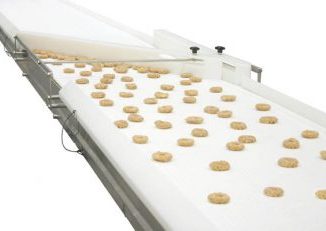
Diverting & Sorting
Diverting and sorting products increases throughput by automating product handling for sorting by weight, shape and line capacity. By adding a simple diverting and sorting solution to your conveyor automation, products will be directed to specific areas depending on their certain characteristics.

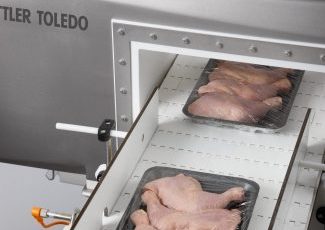
Inspection Conveyors
To ensure quality and safety for your product, an inspection conveyor can provide a critical control point for your production line. Inspection conveyors provide inspection of foreign material, weight, and label & package integrity in a variety of different applications. Products that are handled through an in-line inspection conveyor will allow you to meet your food safety, quality control, and HAACP specifications.

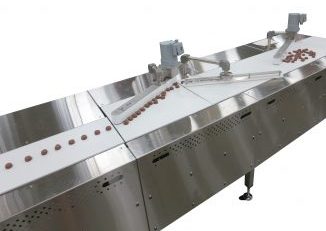
Indexing & Positioning
Indexing conveyor designs provide more speed and accuracy to your product handling and conveyance. Indexing your product allows for consistent timing and spacing which may be required for feeding an inspection or automation system. These conveyor systems integrate easily with other technologies and provide organized product flow for inventory, grouping, metering and rejecting goals.

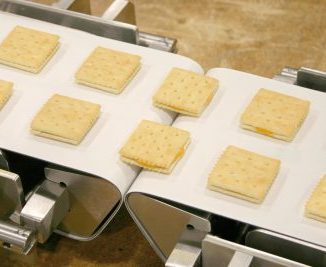
Product Flow & Control
Product flow and control on conveyors allow products to continuously flow and maintain machinery efficiency in process and packaging lines. Product flow and control solutions are designed using a number of different mechanisms customised to the type of product, flow path and equipment involved.

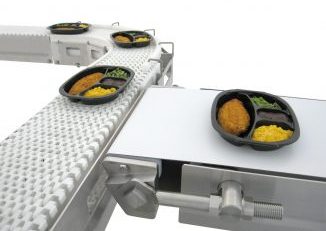
Product Handling
Product handling conveyors and mechanisms provide a solution for transporting challenging product sizes and shapes. Package types such boxes, flexible packaging, loose product can all be manipulated to change orientation, rotation, and elevation. Product handling solutions reduce manual labor and automate the basics of getting a product from point a to point b.

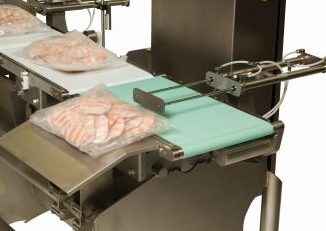
Reject Mechanisms
Reject mechanisms are necessary to remove products that are falling short of specifications such as foreign material, missing materials, improper weight, or incorrect label or codes. By having this additional solution in the product line, products will be removed from the production stream maintaining quality control on high speed manufacturing lines.



